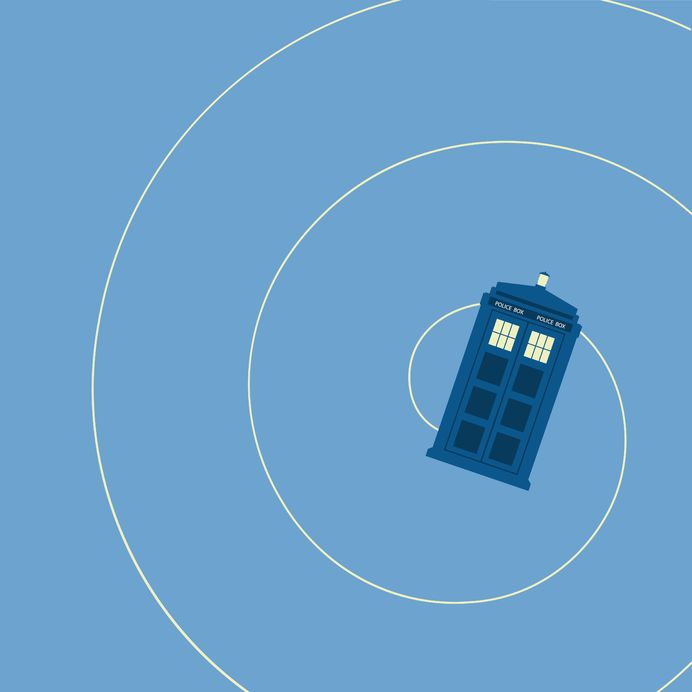
TARDIS is a time machine in the shape of a London police box popularized in “Doctor Who.” Image: INQUIRER.net stock photo
Time travel is one of the favorite topics dabbled on in science fiction. After all, who wouldn’t want to turn back time and undo mistakes, or learn of past events that shaped what is now.
Sadly, traveling through time is still beyond our grasp. Yet a study argues that time travel is actually possible, at least in theory. It’s just that we don’t have the capacity to build a time machine yet. We are limited by the technology of our age, according to a report by Futurism.
A study was conducted by theoretical physicists Ben Tippet and David Tsang. According to the scientists, the math formulas are sound and that it is theoretically possible.
“People think of time travel as something as fiction. And we tend to think it’s not possible because we don’t actually do it. But, mathematically it is possible,” says Tippet.
They call their time machine a Traversable Acausal Retrograde Domain in Space-time, or TARDIS (you read that right “Doctor Who” fans).
Their theory states that a TARDIS is a space-time geometry “bubble” that travels faster than the speed of light. Their model assumes that high-mass objects will be able to curve time enough to allow passengers to travel back in time. It follows the same principle of how high-mass objects like our own planet Earth curves space-time.
Person A represents the time traveler while person B represents the outside observer. Image: Tippet and Tsang
“It is a box which travels ‘forwards’ and then ‘backwards’ in time along a circular path through spacetime,” wrote Tippet and Tsang in their paper, “Classical and Quantum Gravity”.
Basically, think of time as a one-way street. You’re driving through it and you passed a store you wanted to check out. If we can’t drive backwards, we take a left at the next corner, and another left to take the long way around, taking us back to the store that you wanted to see.
However, building a TARDIS time machine requires something called exotic matter. A resource that is still beyond our means to produce, let alone understand fully.
Other studies have also suggested that time travel is indeed mathematically possible, but requires the use of resources that are difficult to harness given our current technology. One theory dabbles on stimulating photons or light particles that freely travel through time, while another even goes as far as exploring potential particles of time.
On the other hand, other theories state that time travel is impossible. One states that the close relationship between energy and time prevents us from constructing time machines. Another suggests that people won’t be able to travel to the future because there is no future yet to begin with.
That’s a lot of information to process. Yet even physicists acknowledge that researching about this topic is no cake walk. As Tippet would say, “Studying space-time is both fascinating and problematic.” Alfred Bayle/JB